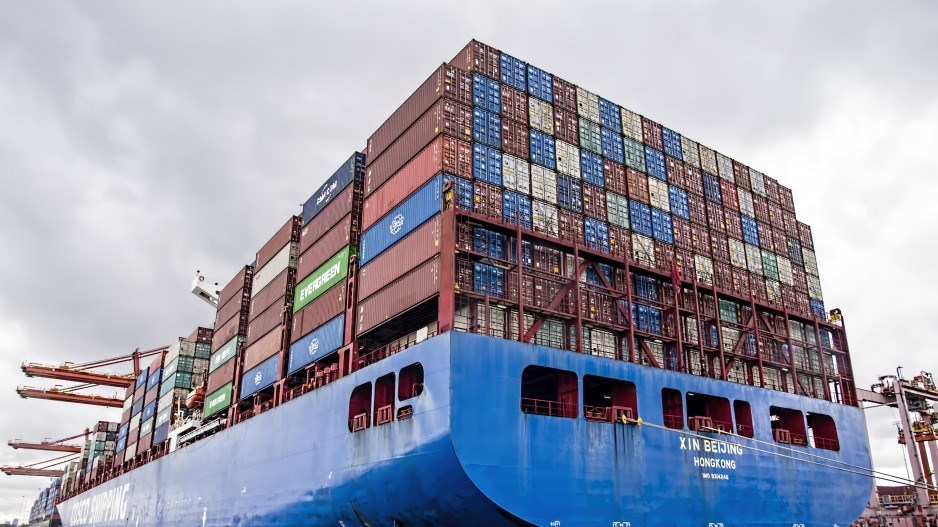sa国际传媒 international trade remained in a holding pattern into October as goods-flows failed to make much headway amidst persistent forestry and energy sector weakness as more subdued global economic growth and lower commodity prices curb activity.
The value of sa国际传媒 exports fell 8.7 per cent year-over-year to $4.6 billion. At the same time, imports fell 11.2 per cent to $6.3 billion.
Among exports, declines in forestry (-20.6 per cent) and energy products (-10.8 per cent) contributed to the year-over-year decline reflecting lower prices and weakness in demand.
The consumer goods categories also saw a larger decline in exports value, down 12 per cent to $387.6 million. In contrast, some categories reported a 12-month growth in exports, including metal ores and non-metallic minerals, registering a notable 41.7 per cent year-over-year increase.
This result kept building on the substantial growth observed in the preceding months. The exports of farm, fishing and intermediate food products also grew compared to last October, reporting a gain of 10.3 per cent.
Most import categories reported declines in October compared to a year ago. Consumer goods fell 20.8 per cent, while industrial machinery, equipment and parts value dropped 32.9 per cent to $751.7 million in October following a 21.0 per cent yearly decline in September.
On the other hand, the value of energy imports grew 42.6 per cent above last year’s level to $453.1 million in the same period following a surge last month.
Import values of motor vehicles and parts continued to grow, rising 14.5 per cent from a year earlier to $750.6 million but decelerated from a 58.5 per cent gain in September.
Building permits in sa国际传媒 receded sharply in October.
Total dollar volume permits fell 23 per cent during the month to reach $1.7 billion following the 1.4 per cent gain in September. The decline was led by non-residential building construction, which fell 42 per cent while residential construction decreased by 15.5 per cent.
Year-to-date, permits were down 10.1 per cent in the province, with residential permit volumes down 13.8 per cent while non-residential permit volumes declined 2.0 per cent.
While monthly data can vary, the overall trend suggests a continued reduction in construction activity in the province. This is influenced by high interest rates and a slowdown in economic conditions.
Residential permit volumes decreased in October to $1.3 billion. This month’s decline followed a 37 per cent jump in residential permit volumes in September. Year-to-date, residential permits have continued in a downward trajectory as multi-family dwelling permits decreased by 12.1 per cent while single-family dwelling permits decreased by 19.2 per cent.
Non-residential permit volumes declined further in October, falling to $361.9 million after a 39.1 per cent dip in the prior month. Within this category, government permits decreased the most, down by 61.3 per cent while industrial permits receded by 52.1 per cent.
Commercial permits also declined 28.2 per cent. Government permits were the sole sub-category to record a year-to-date decline, down by 8.8 per cent while industrial permits and commercial permits were up 1.3 per cent and 2.9 per cent respectively.
Declines were observed among all sa国际传媒 census metropolitan areas.
Vancouver recorded a 16.9 per cent pullback in monthly permit volumes, a deeper cut than the 1.4 per cent dip in September. Permit volumes in Abbotsford-Mission decreased 59.4 per cent while they fell in Kelowna by 34.0 per cent. Victoria permits were also down by nearly 30 per cent during the month.
Bryan Yu is chief economist at Central 1.





